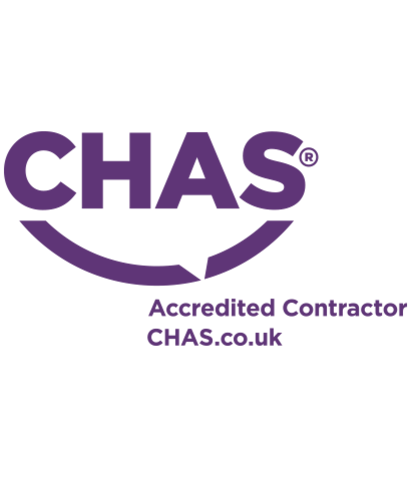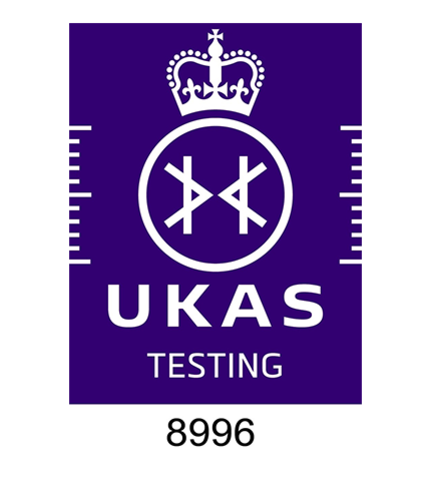Plasticity Index Testing
A test for soils to determine liquid and plastic limits sometimes called Atterberg Limits
The plasticity index test can be broken down into two parts. The first being the determination of the soil's liquid limit and the second, the determination of plastic limit. One minus the other gives you plasticity index! This is a very common classification test and cornerstone of assessment of soils. It's so useful because so much can be gained from the results such as likely shrinkage in changing moisture environments.
Liquid limit is the water content at which soil changes from a plastic to a liquid state and plastic limit is the water content at the change from a plastic to a semi-solid state.
The consistency and behaviour of a clayey soil is different as are the engineering properties at varying degrees of moisture content. Thus, the boundary between each state can be defined based on a change in a clay's behaviour. Swedish scientist Albert Atterberg was the first person to define the limits of soil consistency for the classification of fine-grained soils and later, they were refined by Arthur Casagrande. Depending on the water content of a soil, the soil may be in one of four states: solid, semi-solid, plastic and liquid. These methods are still being used to determine the Liquid Limit and Plastic Limit and at Hixtra we use a technique, the fall cone.

Rarely specified on its own
Key to understanding soil property is to combine this test with a natural water content test

Various methods
There are a few differing methods for this test and we offer the latest BS EN version

Clay shrinkage
This test is often used to assess how desiccated a clay is and its shrinkage/heave potential




